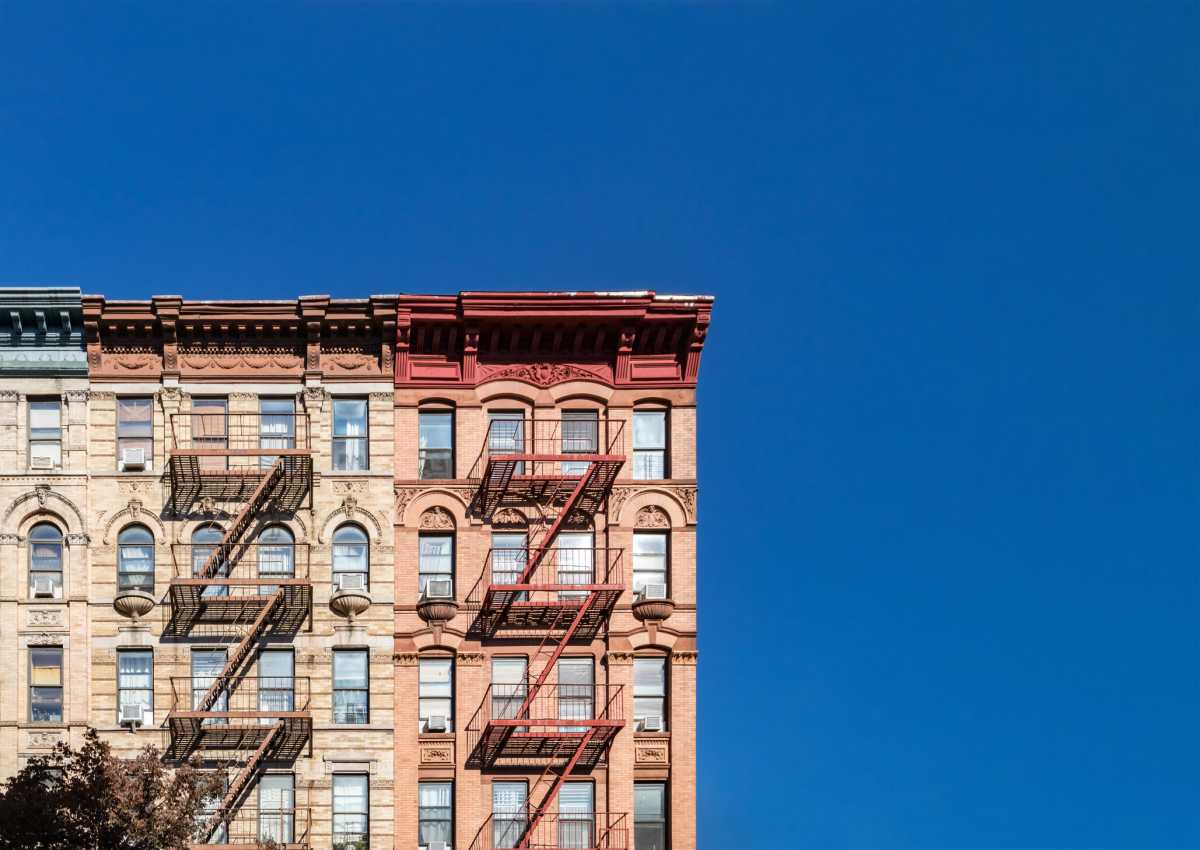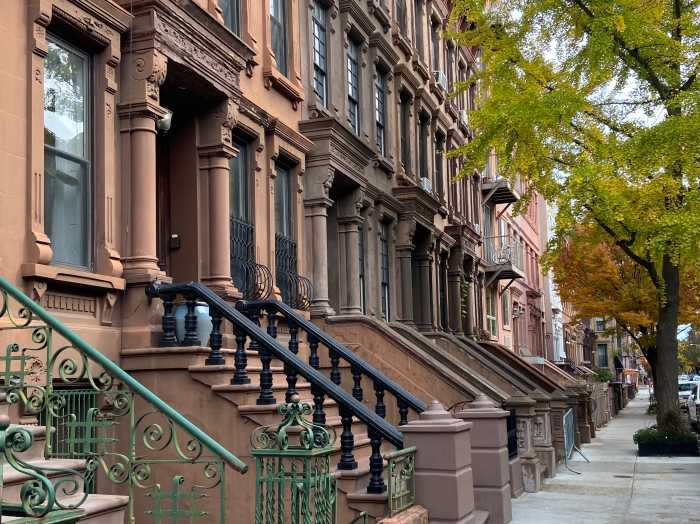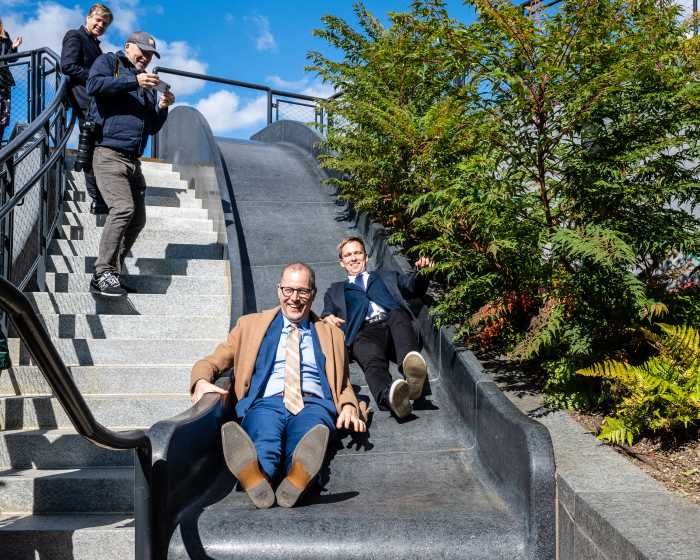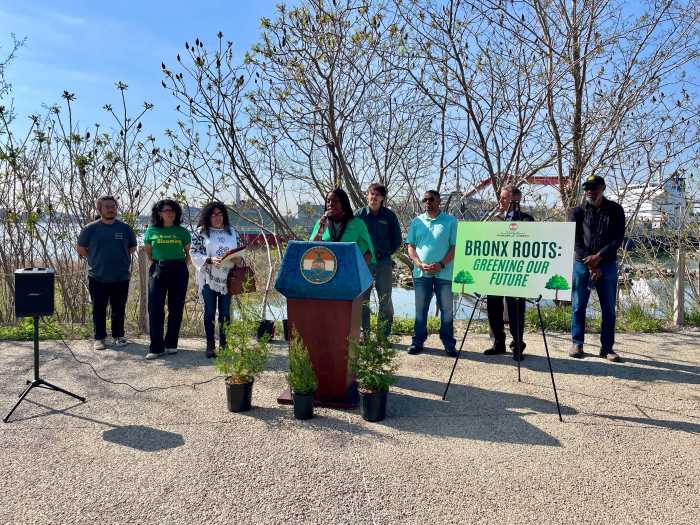Jay Martin proclaims in his Op Ed piece (“Another Bad Budget for Rent-Stabilized Housing,” April 25) that landlords “need clearly-written laws to minimize legal risk” – and yet proceeds to blatantly misstate the clearly written existing law in service of a straw man argument for his contentions. Mr. Martin, as executive director of Community Housing Improvement Program (CHIP), surely knows better.
First, Mr. Martin contends that the law requires that “on turnover [of a vacant apartment] the owner has to remove all traces of lead-based paint.” But New York City’s Childhood Lead Poisoning Prevention Act of 2003 (commonly known as Local Law 1 of 2004) does not contain any such mandate, as Mr. Martin well knows.
After all, CHIP unsuccessfully sued to block Local Law 1 in 2004 and thus is surely aware of its salient provisions. To the contrary, in a major compromise from prior New York City laws, with the enactment of Local Law 1 landlords are no longer required to fully abate lead paint; instead, the law only requires that landlords – if they chose not to fully abate – assure that in the apartments they rent to families with young children the painted surfaces remain in good repair so as not to poison them. This was, indeed, the very approach that the landlord lobby had long advocated – in opposition to prior laws that did mandate full abatement.
The only lead paint that that Local Law 1 does require to be abated is that found on the friction surfaces of doors and windows (i.e., those parts that can abrade and produce toxic lead dust, which is easily inhaled or ingested) – but only once the apartment is vacant.
This, too, was a major compromise; the original drafts of Local Law 1 would have required this work to have been accomplished in child-occupied rental apartments by 2007. The stated rationale for this compromise in 2004 was that, with the gradual turnover of apartments in NYC, over a reasonable period of time these highly hazardous friction surfaces would be eliminated as a source of childhood lead poisoning.
Contrary to Mr. Martin’s fatuous assertion, nowhere does the text of Local Law 1 require at vacancy “new walls, floors, and ceilings.”
Indeed, by now, the abatement of friction surfaces should have already occurred in the vast majority of rental housing units. A 2017 analysis by the City’s Independent Budget Office (IBO) found that the annual turnover rate for rent stabilized apartments was 12% (https://ibo.nyc.ny.us/cgi-park2/category/buildings/); thus, some 2 decades after the enactment of Local Law 1, very few rent stabilized apartments should still have lead-based paint on friction surfaces – if landlords were complying with the law.
Nor, contrary to Mr. Martin’s assertion, did NYC add “more turnover requirements in 2021.” Instead, in 2023 the City Council sought to address the friction surfaces that still remained unabated – either because no turnover had taken place in the past 20 years or, perhaps more likely, because some landlords had simply ignored this obligation in the past and left their tenants’ children at risk – by requiring the work to be done within 3 years in apartments with children under 6.
Mind you, CHIP’s apparent new-found concern for the need for lead abatement begs the question as to why this work wasn’t already done in all the years before the legislature limited Individual Apartment Improvements in 2019.
Matthew J. Chachère, an attorney for the New York City Coalition to End Lead Poisoning, was closely involved with the drafting of Local Law 1 and its subsequent amendments.




































